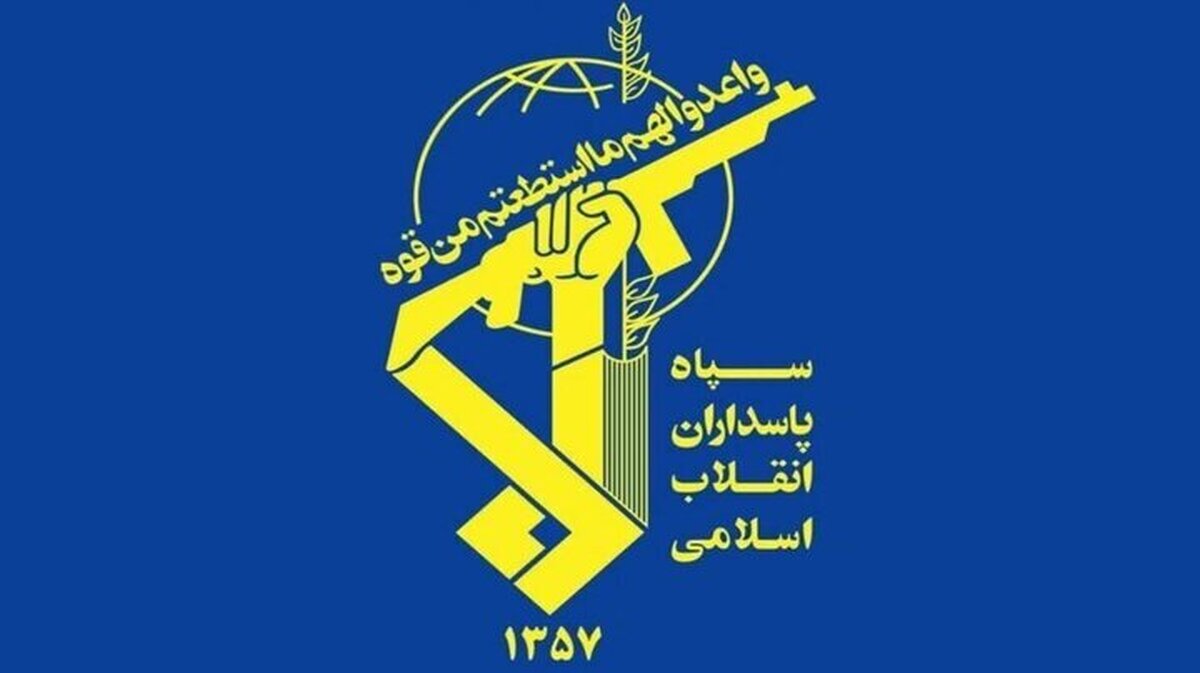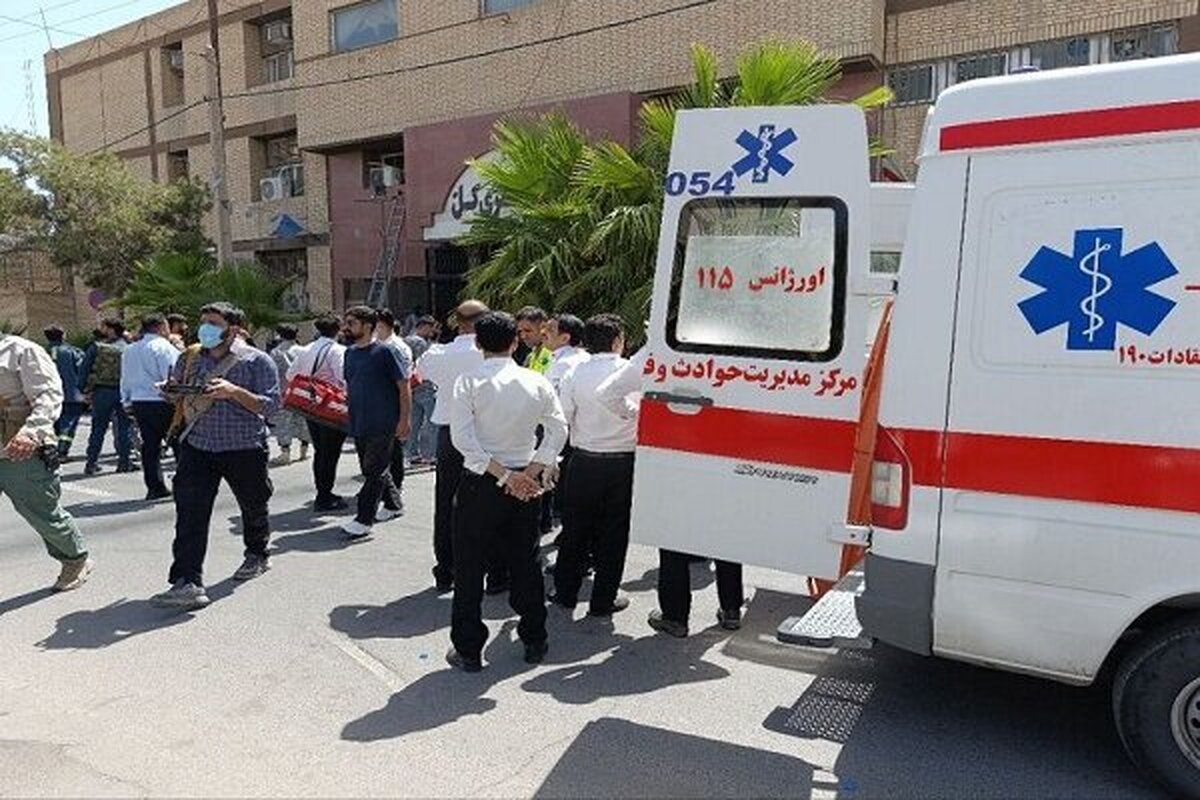
380% Rise in Exports From Chabahar
EghtesadOnline: Exports from the southeastern port of Chabahar has increased by 381% so far in the current Iranian year (started March 20, 2020) compared with last year’s corresponding period, the head of Sistan-Baluchestan’s Ports and Maritime Organization said.
“Agricultural products, livestock and meat exports registered a growth of 100% and exports of building materials increased by 748%,” Behrouz Aqaei was also quoted as saying by the Ministry of Roads and Urban Development’s news portal, without mentioning the volume or value of exports.
Noting that Chabahar accounts for 9% of Iran’s total imports of essential goods since March 20, the official said, “Imports of essential goods, including wheat, barley, corn, rice, sugar and vegetable oils, from the country’s only oceanic port jumped by 71% year-on-year. The transit of agricultural commodities, food and machinery through Chabahar increased by 95%.”
India recently handed over two 140-ton mobile harbor cranes to the authorities of Chabahar Port in Iran, as both sides reviewed their overall cooperation in developing the transit hub.
“The first batch of India’s strategic equipment for loading and unloading cargos worth $8.5 million has arrived at Chabahar’s Shahid Beheshti Port,” Aqaei said in January.
“Import of the equipment is part of the $85-million BOT contract between Ports and Maritime Organization of Iran and an Indian investor company,” he was quoted as saying by IRNA, adding that the equipment will be used for the development of Phase I of Shahid Beheshti Port.
The report noted that India has supplied the cranes via an Italian company called Italgru.
This is the first time that an Indian BOT contract is implemented in an Iranian port with 100% foreign investment, India Today reported, adding that India is the only foreign country currently involved in a major development project in Iran despite the US sanctions.
Chabahar has been a key connectivity project by India toward its west and has been providing connectivity via Iran to Afghanistan and beyond. India developed the Shahid Beheshti Port at Chabahar as part of the India-Iran-Afghanistan agreement reached in 2016.
In December 2018, India Ports Global Limited took over the port operations and as of August 2020, the port handled 1.2 million tons of cargo and 82,000 containers. In fact, India used the port to send 75,000 tons of wheat to Afghanistan as part of the humanitarian aid amid the Covid-19 pandemic.
Chabahar could prove to be a gateway to Central Asia and Eurasia. A year ago, the former US administration exempted India from sanctions for the development of the port because of the benefits it potentially had for both India and Afghanistan.
An ex-administration official said, “We have provided a narrow exemption for the development of Chabahar, which allows for the construction of the port and railroad that allows for the export of refined oil products to Afghanistan.”
December saw the first India-Uzbekistan-Iran trilateral working group meeting on the joint use of the port for trade and transit purposes and enhanced regional connectivity.
Notably, Uzbekistan has built a railroad to Afghanistan to link up with Iran’s rail network, eying the use of Chabahar Port as a gateway to the Indian Ocean region. Uzbekistan is among two doubly landlocked countries in the world. The other being Liechtenstein.
Buoyed by economic reforms over the past five years, Tashkent is seeking to increase its Indian Ocean outreach to break away from its landlocked status.
New Delhi will be inviting Afghanistan for the next meeting. India is also pursuing the inclusion of Chabahar Port in the International North-South Transportation Corridor.
INSTC is a major transit route designed to facilitate the transportation of goods from Mumbai in India to Helsinki in Finland, using Iranian ports and railroads, which the Islamic Republic plans to connect to those of Azerbaijan and Russia.
The corridor will connect Iran with Russia’s Baltic ports and give Russia rail connectivity to both the Persian Gulf and the Indian rail network.
This means goods could be carried from Mumbai to the Iranian port of Bandar Abbas and further to Baku. They could then pass across the Russian border into Astrakhan before proceeding to Moscow and St. Petersburg, before entering Europe.
INSTC would substantially cut the travel time for everything from Asian consumer goods to Central Asia’s natural resources to advanced European exports.



